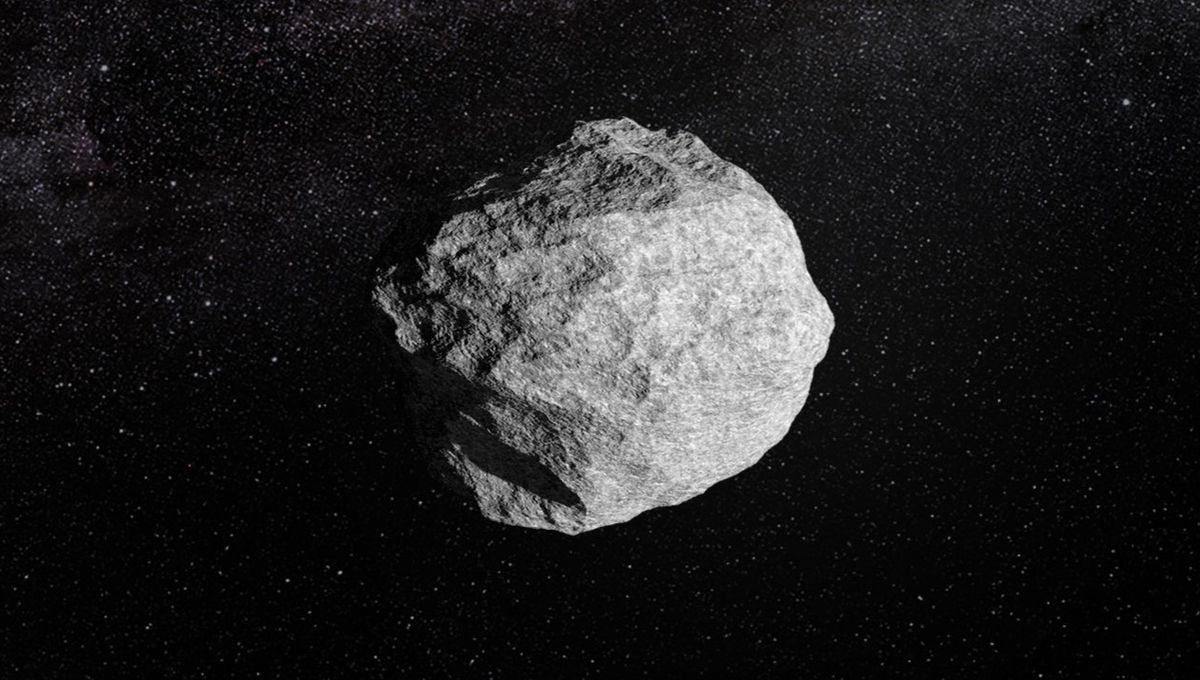
For many years, groups around the world have rehearsed what to do in case we discover an asteroid that might impact Earth. Well, this time is for real. Asteroid 2024 YR4 has been placed at Level 3 on the Torino impact scale, with a 1.2 percent chance of impact with Earth in late 2032. This estimate will likely change as more observations are conducted, but it has activated the global network of centers that focus on planetary protection – and that is a good thing.
ADVERTISEMENT GO AD FREE
The asteroid was discovered on December 27, 2024, at the Asteroid Terrestrial-impact Last Alert System (ATLAS) telescope in Río Hurtado, Chile, and is estimated to be between 40 and 100 meters (131 and 328 feet).
It is not a civilization-ending bolide. It would not even create continent-wide devastation, though it could certainly do damage if it were to hit a city or another populated area. The chance that it will hit us is very small, and it has happened time and time again, that with more observations the likelihood of an impact gets smaller and smaller.
Still, asteroid 2024 YR had two crucial characteristics: a size likely larger than 50 meters and a higher than 1 percent chance of hitting us in the next 50 years. Those are the conditions that activate two asteroid reaction groups: the International Asteroid Warning Network (IAWN) and the Space Mission Planning Advisory Group (SMPAG).
IAWN is chaired by NASA and it coordinates international organizations that can track and characterize the asteroid. If necessary, IAWN will help governments analyze the impact consequences and possible mitigation strategies.
The asteroid is currently moving away from Earth and getting dimmer by the day. Even the use of extraordinary instruments such as the European Southern Observatory’s Very Large Telescope in Chile might not be enough to fully characterize its orbit and rule out the chance of an impact.
“It is fantastic that as our telescopes improve we are able to get early detections of many more Earth-threatening asteroids. They have always been out there, but we lacked an early-warning system. Now with the amazing power of modern telescopes doing dedicated surveys of the sky we will be able to see the potential threats that are out there, and perhaps take action to avoid dangerous impacts,” Tamara Davis, Professor of Astrophysics, said in a statement.
ADVERTISEMENT GO AD FREE
“This asteroid is too small to cause a major threat, and there’s a 99% chance it will miss us, but it is worth monitoring because it could cause some local damage if it hits. Once astronomers watch it for several months they will have detailed information about its trajectory and be able to give a more confident estimate of how safe we are.”
SMPAG is chaired by the European Space Agency (ESA) and it has a variety of roles from sharing information on dangerous objects to conducting near-Earth object threat mitigation planning activities. The group will meet next week in Vienna to determine what the next steps are. If the risk of impact remains above the 1 percent threshold, they will provide recommendations to the United Nations, including the possibility of a kinetic impactor mission.
This technology was demonstrated by the NASA DART mission. In that case, the aim was to alter the orbit of Dimorphos, the small moon of asteroid Didymos – and the mission was extremely successful. It was the first time humanity had shifted the trajectory of a celestial body, and the change in the asteroid’s orbit was actually more than expected (and the mission may have even created the first human-caused meteor shower.)
If 2024 YR4 is a danger to humanity, there are options to keep us safe, as long as we follow the science.
Source Link: Global Planetary Defense Protocols Now Active Following “Potentially Hazardous” Asteroid Discovery